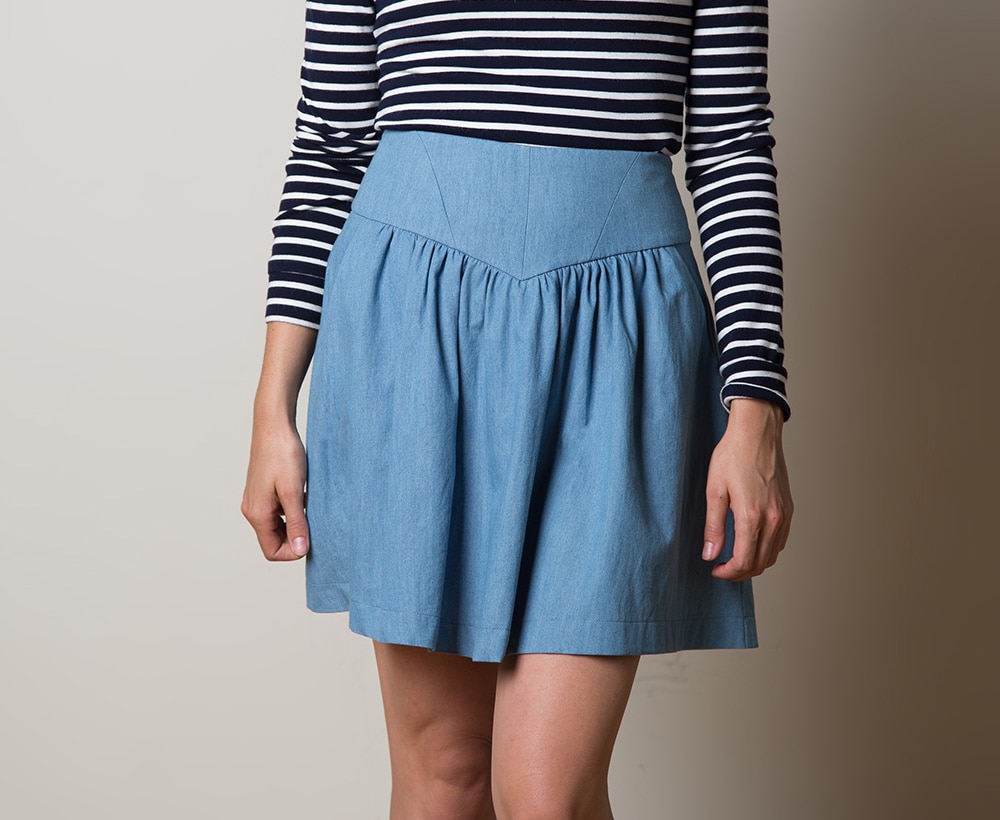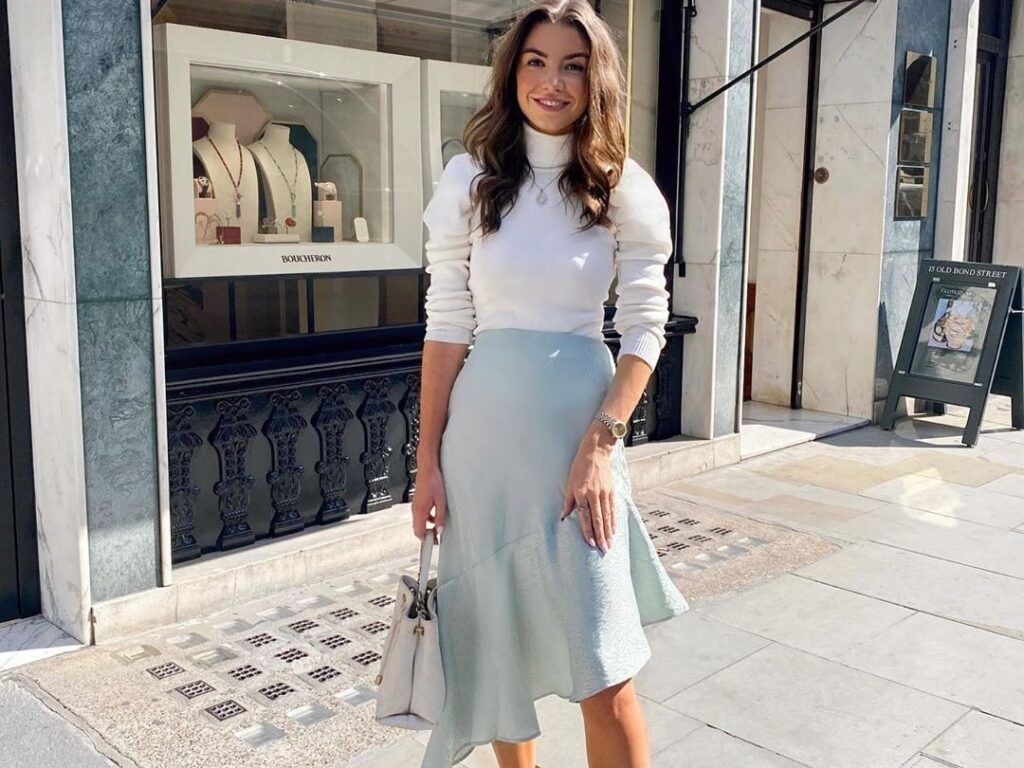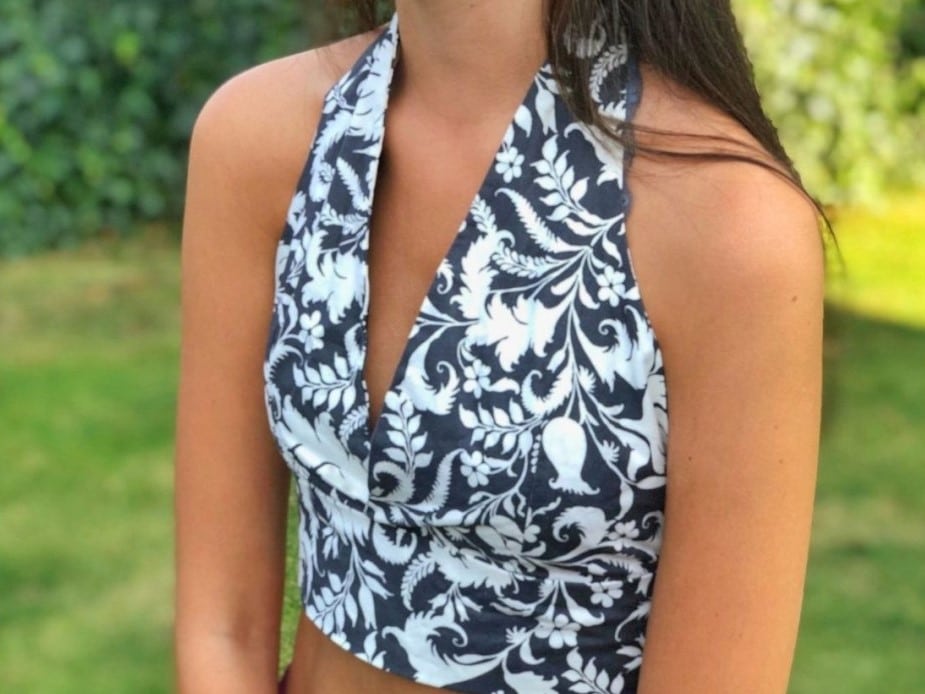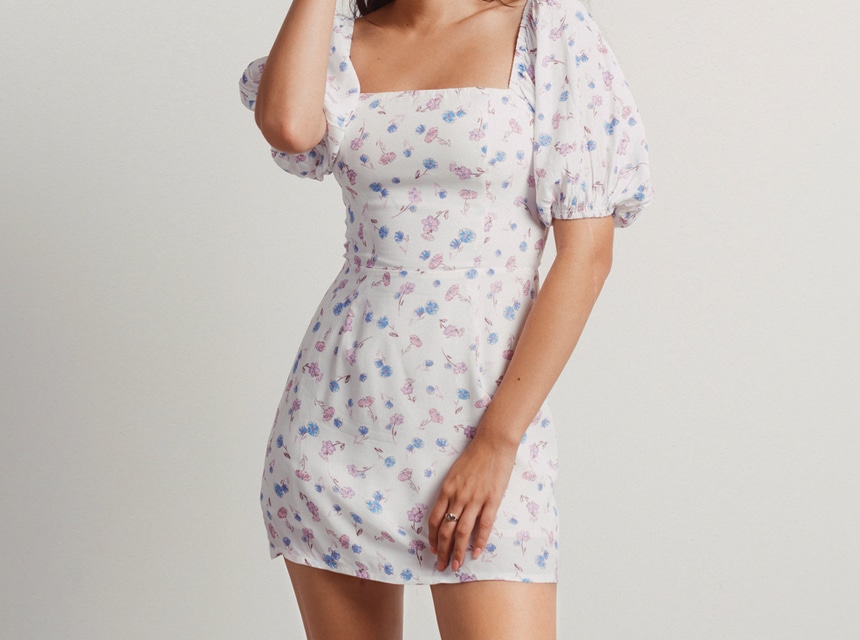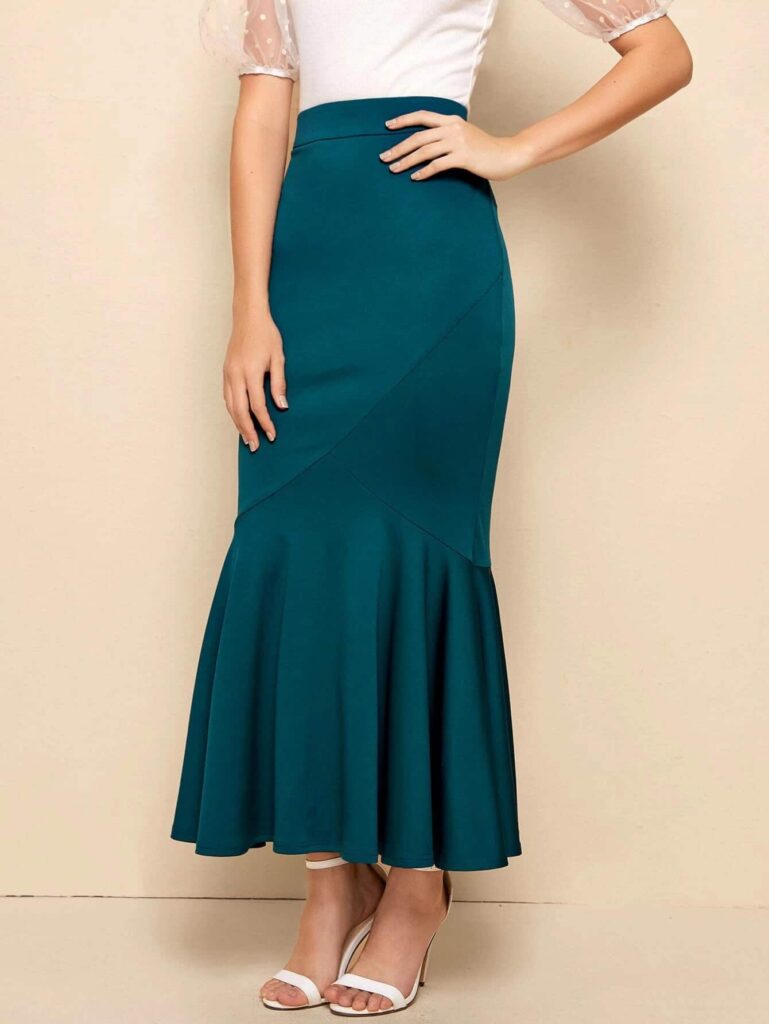

If you are looking for an outfit that is stylish and comfortable at the same time, then you should definitely consider kaftans. Kaftans are long tunics that have been a part of many different cultures across the world. This piece of garment is now gaining popularity.
You can even design and stitch your own kaftan, using a kaftan pattern. Kaftan patterns can be used as a guide to cut out the fabric for the kaftan itself, which can then be stitched together. Today, we will not only be guiding you through the method to draft the kaftan pattern, we will also be helping you stitch the fabric, step-by-step. So, let’s get started!
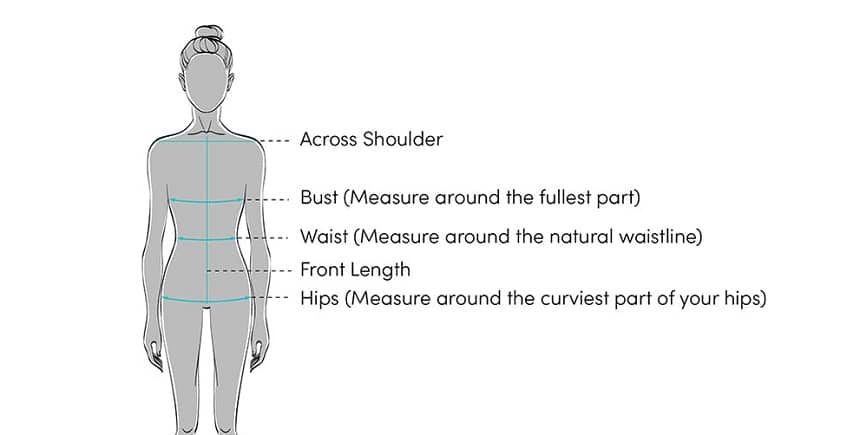
We will start with the waist as it is the easiest area to measure. First, you would need to identify your waist area, which is usually the slimmest part of your torso. Take a measuring tape and loop it around the area which lies between the ribcage or bust area and the hips. Make sure that the tape is smooth and does not twist anywhere around the loop. To get accurate measurements, make sure that your body is fully relaxed. If you tuck in your stomach, then your waist measurement will come out too small for the kaftan.
Even though kaftans are pretty loose, you still need to get bust measurements. To measure the bust, loop your measuring tape around the fullest point of the breasts, in a similar horizontal angle that you did for the waist.
Many people are unaware of what an armscye is but worry not as we are here to guide you through it all. The armscye is actually the length of your bodice. You need to take this measurement if you are planning on putting a band around your kaftan or are planning on cinching the waist. You can measure the arm scythe depth in a number of ways, but we have tested and picked out the easiest one.
To measure the depth, take a measuring tape and measure the length from your armpit to your waist. Due to body ratio, the length from your armpit to your waist is the same as the length of your arm scythe.
This is pretty straightforward, but you will require help while measuring. Ask a friend to help you out with measurements since they need to be taken from the back. Using a measuring tape, place it at the nape of your neck and measure the vertical distance all the way down to the base of your waist.
Wrap the measuring tape loosely around the base of your neck and note down the length. While measuring, take safety precautions and make sure that the tape is not too tight or too loose.
Most people get confused while taking this measurement so make sure you follow the instructions closely. First, you would need to identify the highest part of your shoulders. To make it easier, look for the bone area near your upper arms. That is where the peak of the shoulder usually lies. After identifying the peak, take your measuring tape and measure the distance between it and the base of your neck.
This is the length of your back, which is measured in the distance between your two armholes. Start measuring from the base of one armhole, across your back to the other armhole. Use a friend’s help if you cannot bend your arms to the back.
For this step you will have to start from the top of your shoulders, somewhere between the shoulder peak and neck (roughly wear the straps of your bra are) and go all the way to the bust point, along the curvature of your chest.
Now that you have all the measurements you will require, you can start working on the Kaftan!
While it may seem complicated at first, making a kaftan pattern is extremely simple. Follow our instructions carefully and you will end up with the best stitched kaftan!
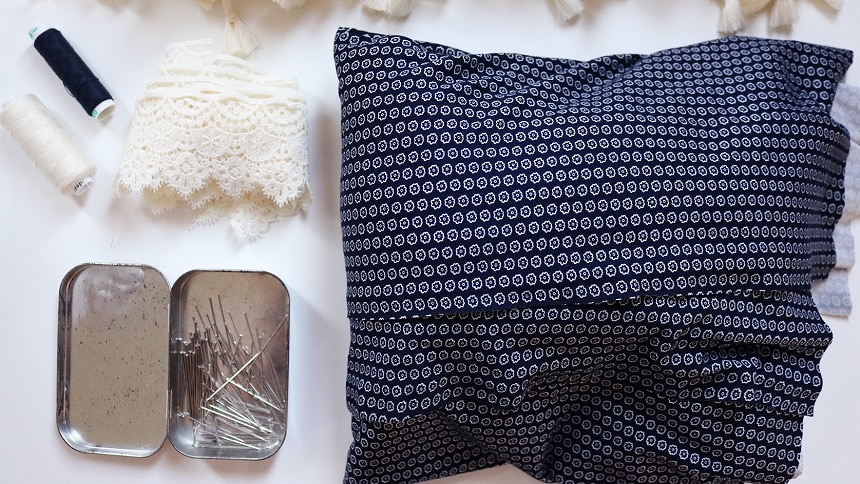
Kindly note that this is an elaborate list that might include some extra items as well. However, these items can be used depending on the technique you choose for drafting a kaftan pattern or you may not even require some of these items at all.
Here are the items that you may need to draft a kaftan pattern!
Now that you have gathered all the materials and tools, it is time to get started on the kaftan pattern. Here are the steps for drafting a kaftan pattern:
Step 1: First, you need to decide on the length of your kaftan. You can either opt for a short kaftan or a long one, depending on your body type. After deciding on your desired length, double that and add extra 3 inches to it. This is the length of fabric that you will be needing for your kaftan.
Step 2: For the width of the kaftan, you can opt for anything above 44. If you choose any length below that, you will end up with short sleeves. The width of your kaftan will depend on how much cloth you need hanging from your shoulders.
Step 3: Next, use your bust measurements and divide them by 0.25. After getting that, add 1.5 inches to the length for stitching margin.
Step 4: Then, take your fabric and fold it in half. After this, make another fold down the centerline at the front.
Step 5: Now we will start the actual part, which is drawing the pattern. Making a pattern using paper and pencil to trace the pattern. You can get ready made patterns online and simply trace them on to the paper. You can find many patterns online, like this one.
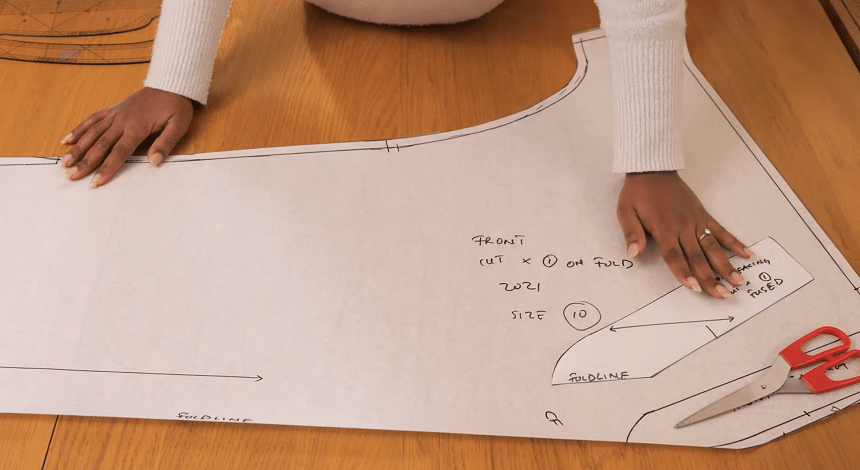
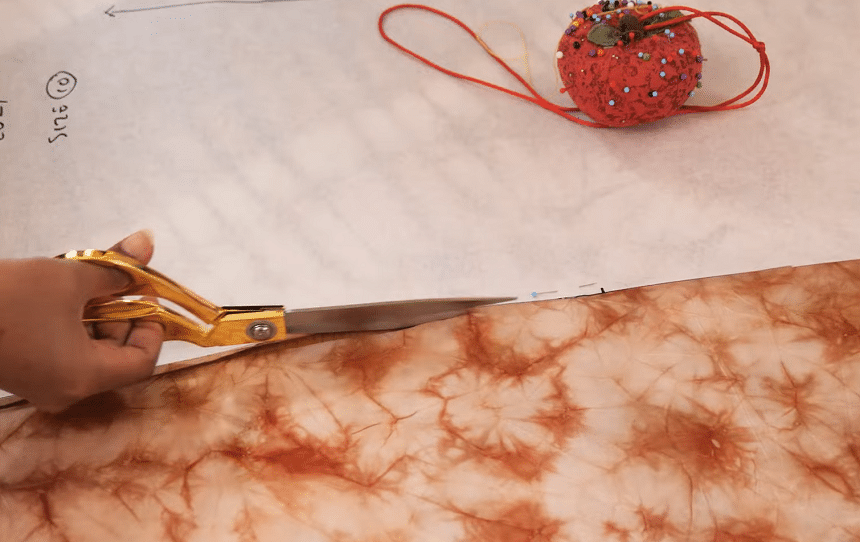
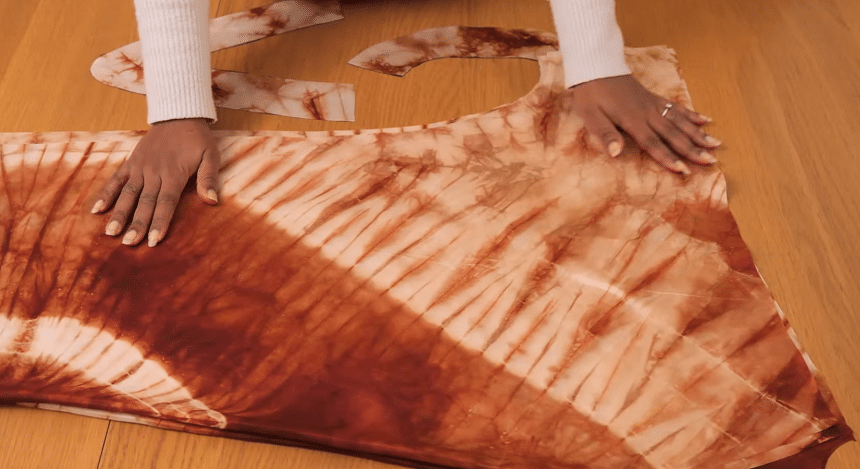
Step 1: The first step to stitching a kaftan would be to stitch the shoulder seams. To do this, align the front and back pieces of your fabric together at the shoulder and stitch them together. While you can use an overlocker stitch, we recommend using the pinking shears. This stitch can be done at great speed.
Step 2: Next, you need to attach your bias binding. Open the edge of your bias binding and put the right sides while making sure that the raw edges of the binding match with the raw edge of the neckline. Then, starting from the V, you start stitching. Once the bias bindings have been attached, trim down the seam.
Step 3: Then, stitch the center seam at the front. While stitching, make sure you stitch till the hem.
Step 4: Now we move on to the vent and side seam. Mark your vents using a measuring tape and pencil. You can decide on the length according to your own style. Then, stitch the side seams together.
Step 5: Lastly, hem your Kaftan and you will end up with a stylish kaftan that is comfortable to wear as well!
If you want to switch things up, you can opt for a different material for your kaftan. Most people also end up crocheting a kaftan. To crochet a kaftan, you need to know the basics of crochet and then you can figure out the type of kaftan that you want!
The great thing about Kaftans is that they are extremely versatile. You will find a kaftan design for every occasion, season, or weather.
Here are a few types of kaftans that have been popular!
1. Short Length Kaftan
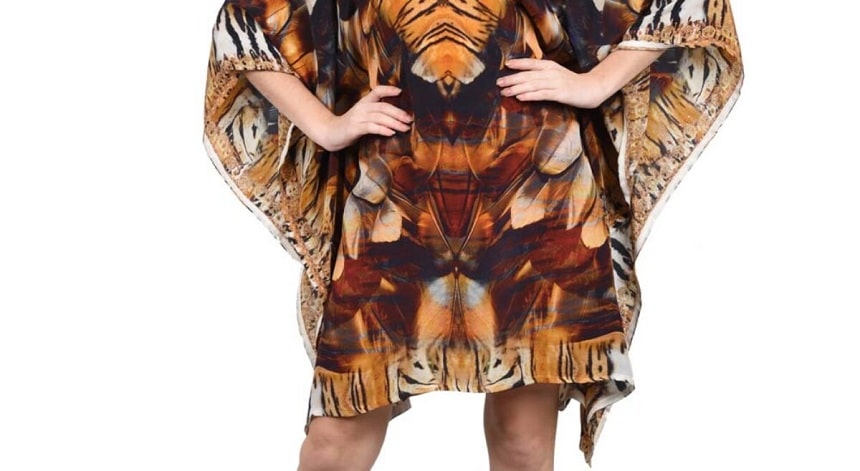
2. Deep Neck Kaftan
You will have seen many Hollywood stars wear such types of kaftans. If you are into trendy styles, then this type of kaftan is the best choice for you. Your neckline can be as deep as you like. These Kaftans are ideal for parties or any formal dinner.
3. Maxi Dress Kaftan
When it comes to comfort, a maxi dress kaftan should be your ideal choice. These types of kaftans help you remain cool and comfortable, while giving an elegant outlook. You can also wear these kaftans on a chill, lazy day or at a beach party.
4. T-Length Kaftan
A T-length kaftan is ideal for anyone who wants to show off some of their legs. Typically, a T-length kaftan falls below the knees and about six to seven inches above the ankle. These types of kaftans give a bohemian look and can be extremely stylish. You can get it stitched in different prints or materials.
5. Silk Kaftan
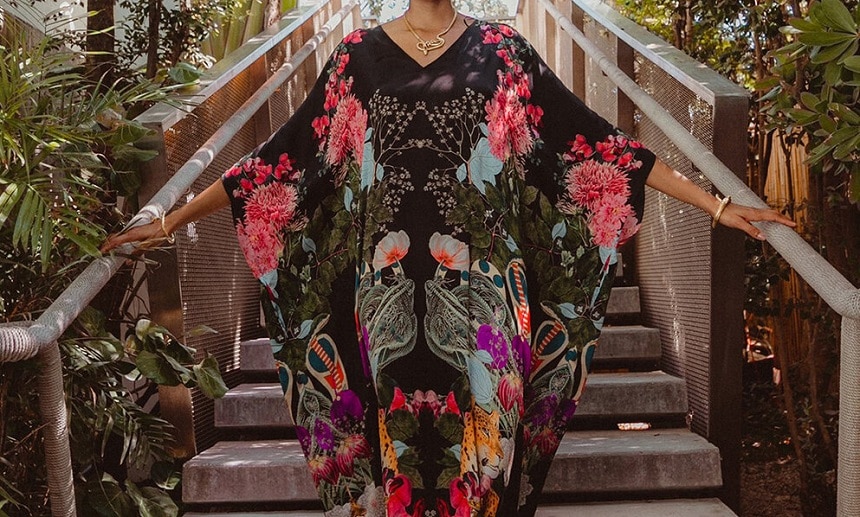
6. Vintage Style Kaftan
If you don’t want to go for a modern looking kaftan, you can always go traditional and get vintage style kaftans. These kaftans are long and cover the entire body. Such kaftans are extremely comfortable to wear. You should definitely wear these on a relaxing day at home.
7. One Shoulder Kaftan
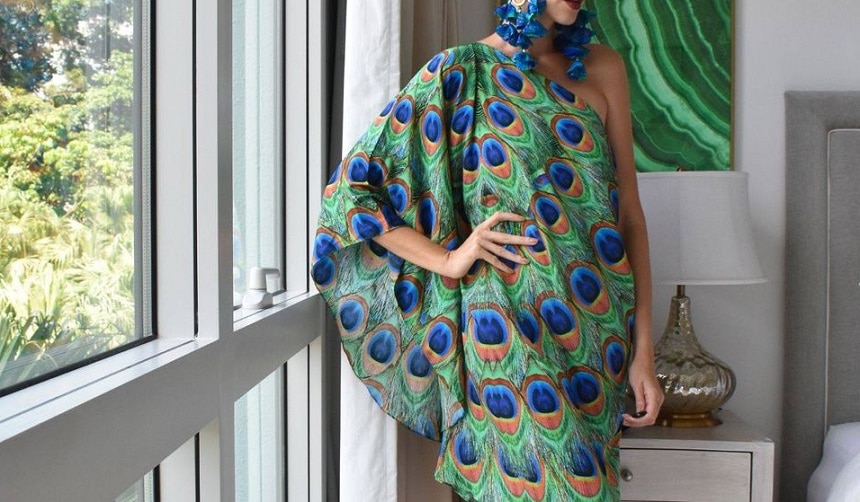
8. Abstract Print Kaftan
Currently, kaftans with abstract prints have become extremely popular. You can find these kaftans in all sorts of materials such as chiffon, silk, cotton, georgette, and so on. Abstract designs give an overall trendy bohemian look!
9. Side Slit Kaftan
These types of kaftans are long in length with a straight shape. They come with a side slit, which does not just make them fashionable but also comfortable to walk in. The great thing about this type of kaftan is that it suits all body types.
While kaftans may be simple looking, you can always step up and decorate your kaftan to get that extra style. There are many ways to decorate a kaftan. Here are some of the following:
Not only are these decoration ideas creative and fun, but they are also very easy to do. From chic looking kaftans to somehow edgy and party-ready outfits, you can do it all with these decorations!
With the great deal of versatility that Kaftans offer, everyone should have one in the wardrobe. Whether it is for a relaxing day at the beach or for a formal dinner party, Kaftans will be the dress for the occasion. And with this guide, you can easily stitch up a basic kaftan using a kaftan pattern. Stitching may seem like an easy task, especially when you see people doing it, but it also involves a lot more than just cutting fabric and stitching it together. You need to take close measurements, and make sure that everything is precise and accurate. We hope that this guide helps you design a kaftan of your own!

